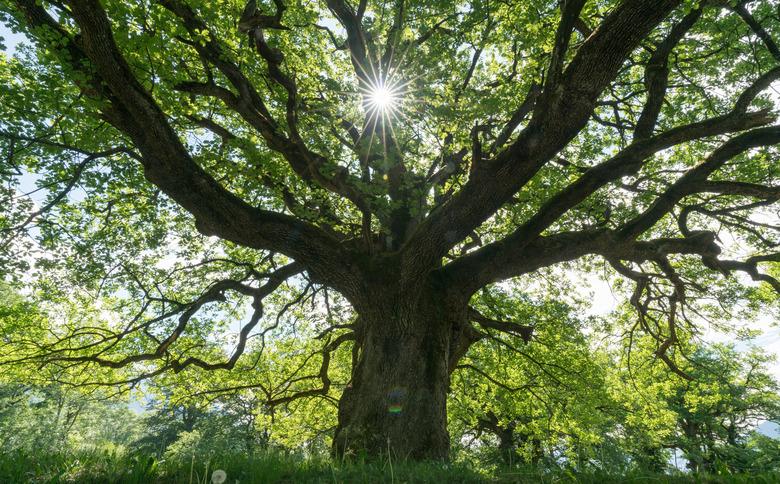How To Grow Oak Trees From Cuttings
Propagating plants from cuttings, or cloning, is one way to create more life in your home and garden. Alongside houseplants, hardwood trees like oaks (Quercus spp.) can also be grown from cuttings. Knowing how and when to take cuttings and how best to look after them can help you to grow oak trees from cuttings.
Growing oak trees from cuttings can be more difficult than growing them from seeds or acorns. However, there are certain species of oaks that are easier to propagate from cuttings, like the Japanese evergreen oak (Quercus acuta), which is a perennial in U.S. Department of Agriculture plant hardiness zones 9 through 11.
Taking Oak Cuttings
Taking the right cuttings from an established oak tree is key to healthy propagation. It's best to take these cuttings in late summer as the oak tree's dormant season is approaching, and the cuttings will be easier to care for out of the heat of summer.
Select several cuttings of healthy shoots that have shown growth over the previous summer. Use clean, sharp hand shears to take cuttings at a slight angle just below a leaf node or bud. A length of around 6 inches or longer is ideal. You want to remove any soft growth around the tips of the cuttings. Make sure you plant the cuttings the right way up, with the leaf budding end pointing upward. Keep the cutting moist until you plant it, as dried-out cuttings are less likely to survive.
Planting the Cuttings
Choose a wide, shallow pot and to aid drainage and add a well-draining potting mix, though to which you may wish to mix in some horticultural perlite to help with drainage and prevent your cuttings from becoming waterlogged. You should also ensure you use a pot with drainage holes.
Water your potting soil thoroughly and let it drain. You can use rooting powder or liquid if you desire, which can help with root growth and prevent rot. Make holes for your cuttings using a pencil and space the holes at least 2 inches apart in the pot. Apply the rooting hormone to the bottom third of your cuttings. You can then insert the cuttings into the holes. This technique ensures the rooting powder stays right at the end of the cutting. The cuttings should be at least two-thirds submerged in the potting soil.
Ensure the cuttings are at a fairly cool temperature for the dormant months. You want them to root, but you don't want them to start sprouting until spring. It is important to protect the cuttings from frost, though. An unheated garage or shed is the ideal location unless you live in a particularly cold climate. If you start to see any sprouting on the cuttings, you can prune them until the right time arrives.
Caring for Cuttings
It's important for the soil to remain moist but not soggy. Watering or spraying the cuttings periodically is necessary but also make sure your pot is draining properly.
When spring comes, you can check to see if any of the cuttings have rooted. Any that are producing sprouts are likely producing root growth too. New roots are extremely delicate, so don't tug on the cuttings to check. Instead, look underneath the pot for any roots protruding through the drainage holes. Once you are confident the cuttings have rooted, you can repot them in separate pots or put them into an outdoor trench.
